My long weekend in London no. 8 – Kew Gardens, Palm House
[ENG]
Finally, during our second day in London, we reached our main destination, the Royal Botanic Gardens at Kew, located in southwest London. The original plan was to go to Kew Gardens on Friday, as weekend tickets are a few pounds more expensive than during the week, but unfortunately the weather was terrible on Friday, so in order to save ourselves a whole day of walking around the gardens in unreliable weather, we decided to go to Kew Garden on Saturday. The first point we visited there was a gigantic greenhouse located right in front of the entrance. Its construction was completed in 1848 and by the time it was put into use it had become a symbol of Victorian Britain and a later prototype for many subsequent British greenhouses built of glass and iron. The entire structure is covered with 16,000 glass panes, many of which are not ordinary flat panes, but suitably curved panes that are thoroughly washed from the inside and outside every two years.
In winter, the Palm House is heated by a gas boiler to maintain the interior temperature between 18°C and 28°C. Appropriate air humidity is also extremely important for plants, which is why a fogging unit operates continuously in the palm house, maintaining air humidity of at least 75%.
[PL]
Wreszcie nareszcie, podczas drugiego dnia pobytu w Londynie dotarliśmy do naszego głównego celu wycieczki, a mianowicie do Królewskich Ogrodów Botanicznych w Kew położonych w południowo-zachodnim Londynie. Pierwotny plan zakładał, aby do Kew Gardens udać się w piątek, ponieważ bilety w weekendy są o kilka funtów droższe niż z ciągu tygodnia, ale niestety w piątek pogoda była fatalna, wieć aby oszczędzić sobie cały dzień chodzenia po ogrodach przy niepewnej pogodnie, zdecydowaliśmy się iść do Kew Garden w sobotę. Pierwszym punktem jaki tam odwiedziliśmy była gigantyczna szklarnia usytuowana na wprost wejścia. Jej budowa został ukończona w roku 1848 roku i do momentu oddania do użytkowania stała się symbolem wiktoriańskiej Wielkiej Brytanii oraz późniejszym pierwowzorem dla wielu kolejnych brytyjskich szklarni wznoszonych ze szkła i żelaza. Cała konstrukcja pokryta jest 16 tysiącami tafli szkła, z czego wiele z nich nie są zwykłymi płaskimi taflami, tylko odpowiednio zakrzywionymi taflami, które są dokładnie myte od środka i zewnętrza co dwa lata.
W okresie zimy Palmiarnię ogrzewa się za pomocą kotła gazowego, po to aby utrzymywać we wnętrzu temperaturę w zakresie od 18°C do 28°C. Dla roślin niezwykle istotna jest również odpowiednia wilgotność powietrza, dlatego w palmiarni nieprzerwanie działa agregat zamgławiający, który utrzymuje wilgotność powietrza wynoszącą co najmniej 75%.
[ENG]
Immediately after entering the greenhouse, I felt the high temperature and enormous humidity inside. This resulted in my glasses and camera lens immediately fogging up. For this reason, the first photos taken in the greenhouse are slightly foggy, but this only gives them an interesting atmosphere, very nicely reminiscent of rainforests. To be able to take a better look at the plants just below the roof, there is a public platform which can be accessed via a winding staircase. When you entered, you felt like a parrot flying over the Amazon forest. Many of the plants in the palm house's collection are endangered in the wild, and some of these plants no longer occur naturally in nature. You can also find there the oldest potted plant in the world (Encephalartos altensteinii). It is a palm from the Cycas family that came to the KEW garden in 1775. It was brought here from South Africa on board a sailing ship, and since sea transport was not very fast in those days, it was a real miracle that it was dug out of the ground and the plant temporarily planted on board the ship survived the several-month journey.
A few years ago, an unusual situation occurred in the palm house - oil palms reached such a height that they reached the ceiling and broke one of the windows. So there was no other option but to cut down the tallest palm trees and wait for their neighbors to grow to equally impressive sizes.
[PL]
Bezpośrednio po wejściu do szklarni poczułem wysoką temperaturę i ogromną wilgotność panującą we wnętrzu. Skutkowało to momentalnym zaparowaniu moich okularów oraz obiektywu aparatu. Z tego to powodu pierwsze zdjęcia zrobione w szklarni są lekko zamglone, ale to z oddawało im tylko ciekawego klimatu bardzo fajnie nawiązującego do lasów deszczowych. Aby móc lepiej przyjrzeć się roślinom tuż poniżej dachu wytyczono ogólnodostępną platformę na którą można wejść po krętych schodach. Wchodząc tam można było poczuć się jak papuga przelatująca ponad amazońskim lasem. Wiele z roślin będących w kolekcji palmiarni jest roślinami zagrożonymi wymarciem na wolności, a niektóre z tych roślin nie występują już wcale naturalnie w przyrodzie. Można tam spotkać również najstarszą roślinę doniczkową na świecie (Encephalartos altensteinii). Jest to taka palma z rodziny cycas, która przybył do ogrodu KEW w roku 1775. Przywieziono ją tutaj z Republiki Południowej Afryki na pokładzie żaglowca, a że w tamtych czasach transport morski nie był zbyt szybki, to istnym cudem było to, że wykopana z ziemi i tymczasowo posadzona na pokładzie statku roślina przeżyła kilkumiesięczna podróż.
Kilka lat temu doszło w palmiarni do nietypowej sytuacji, mianowicie palmy olejowe osiągnęły taką wysokość, ze sięgnęły sufitu i rozbiły jedna z szyb. Nie było więc żadnego innego wyjścia, jak tylko ściąć te najwyższe palmy i czekać aż ich sąsiedzi osiągną równie okazałe rozmiary.


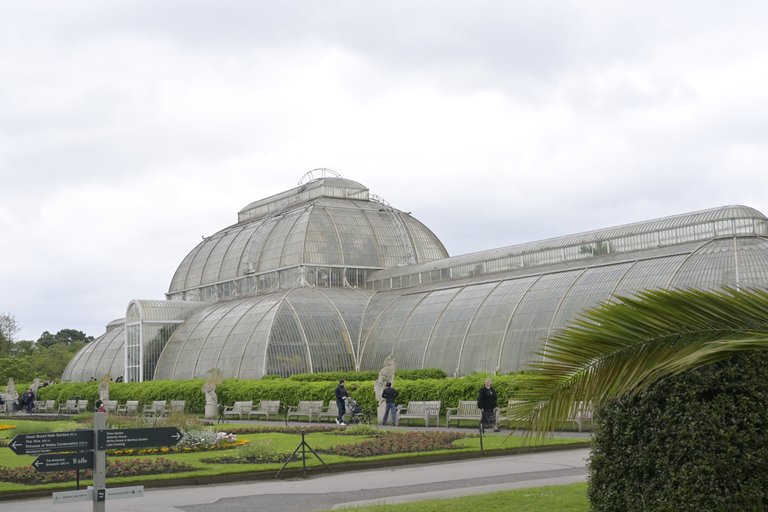
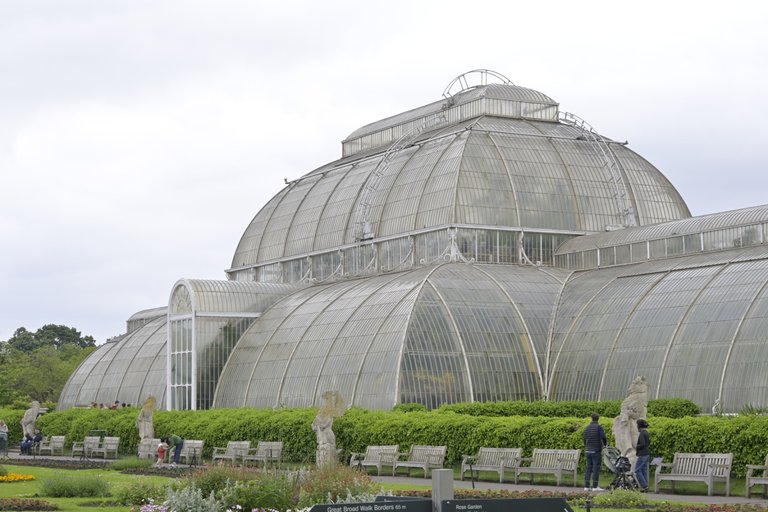
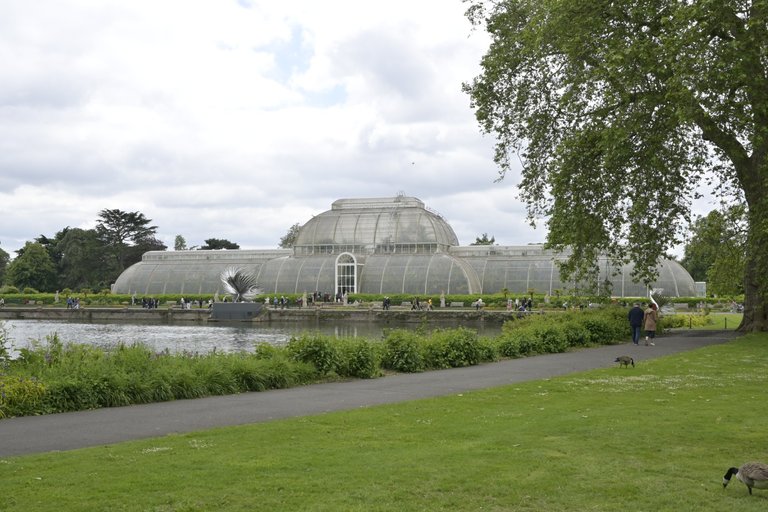

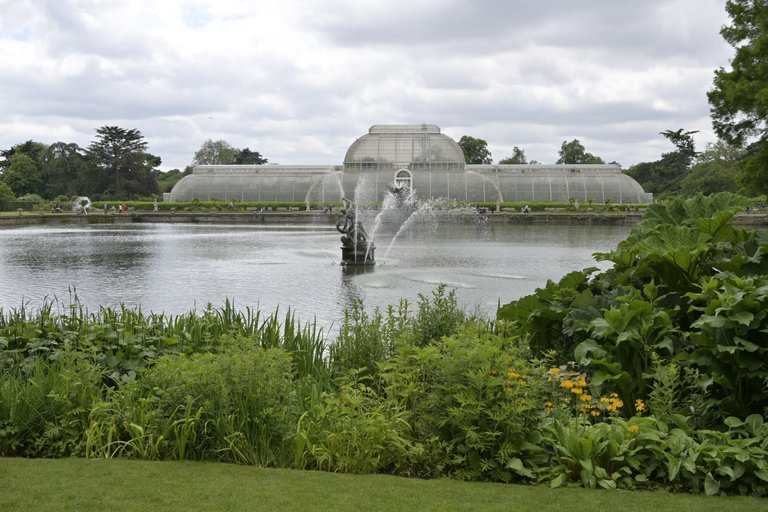
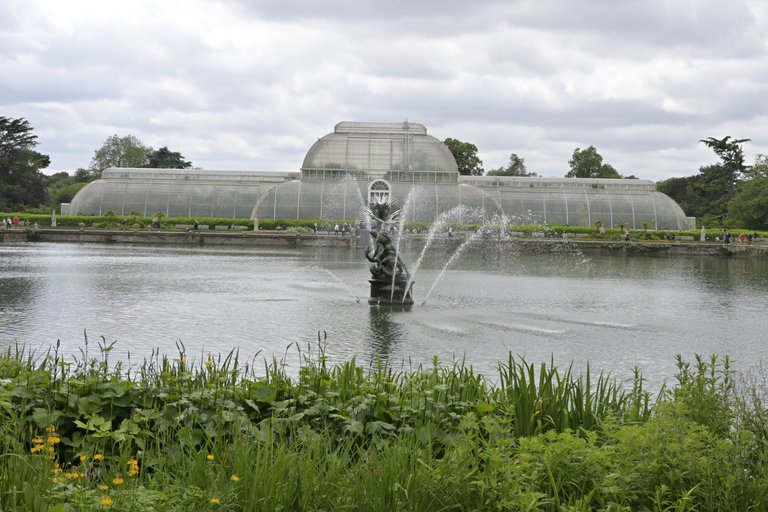
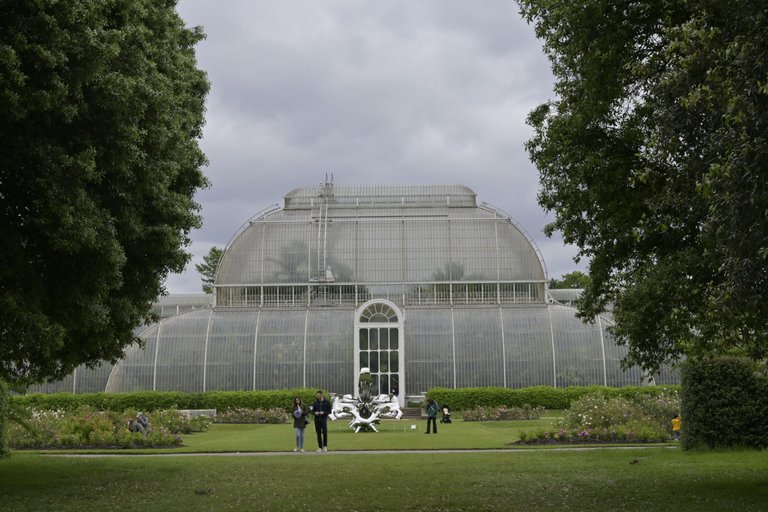
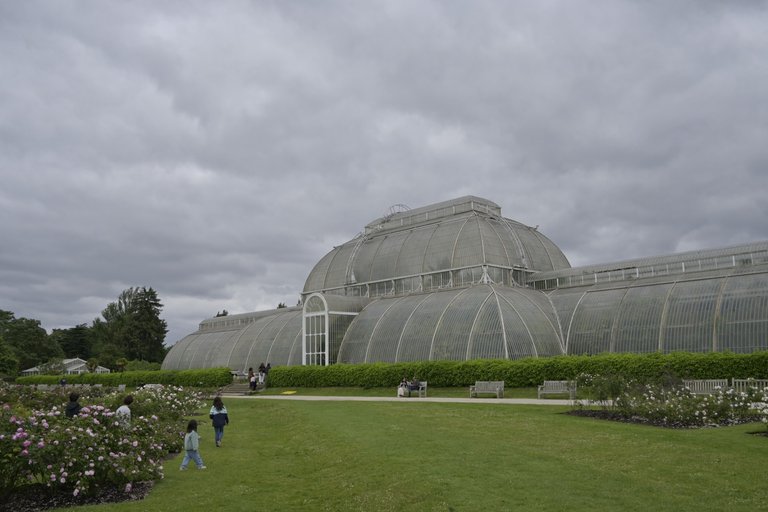
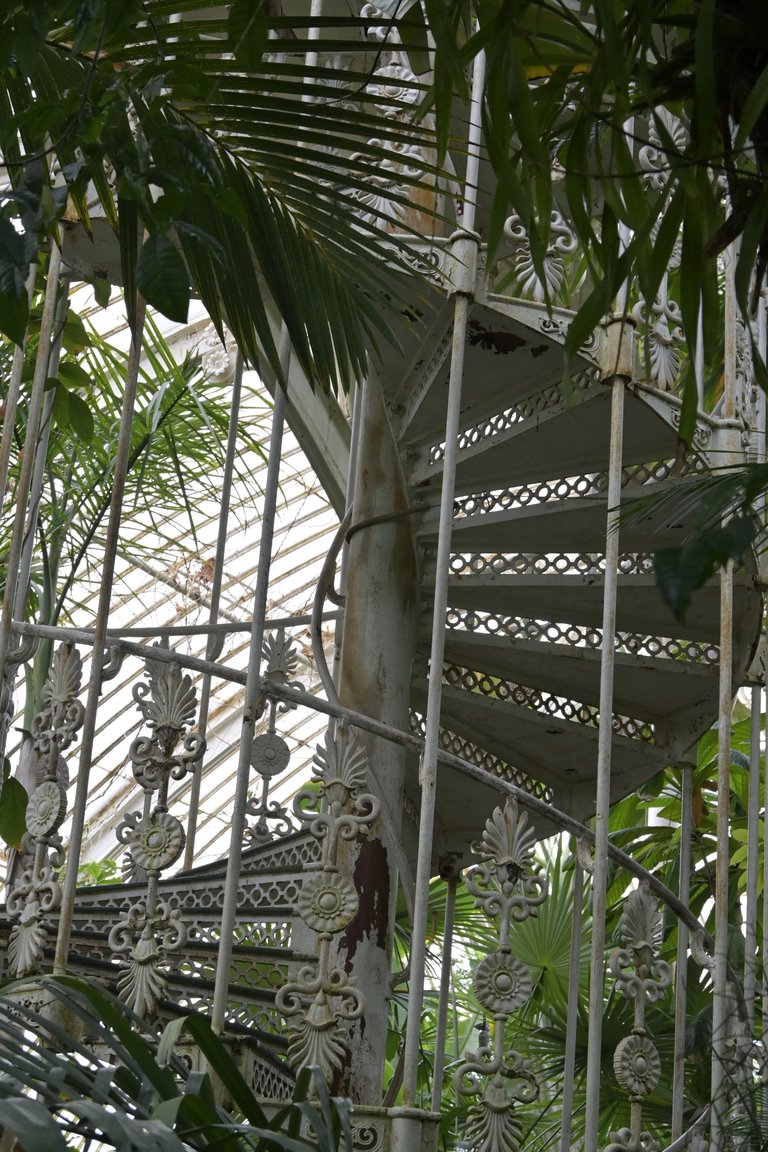
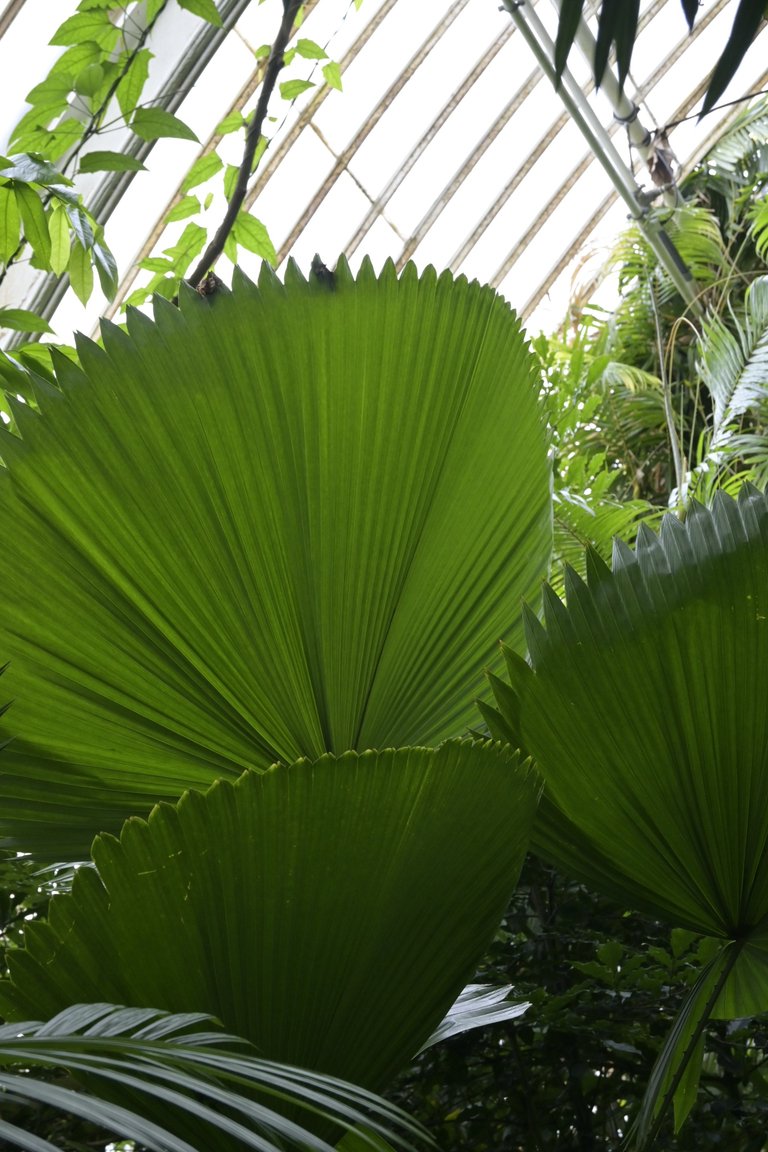
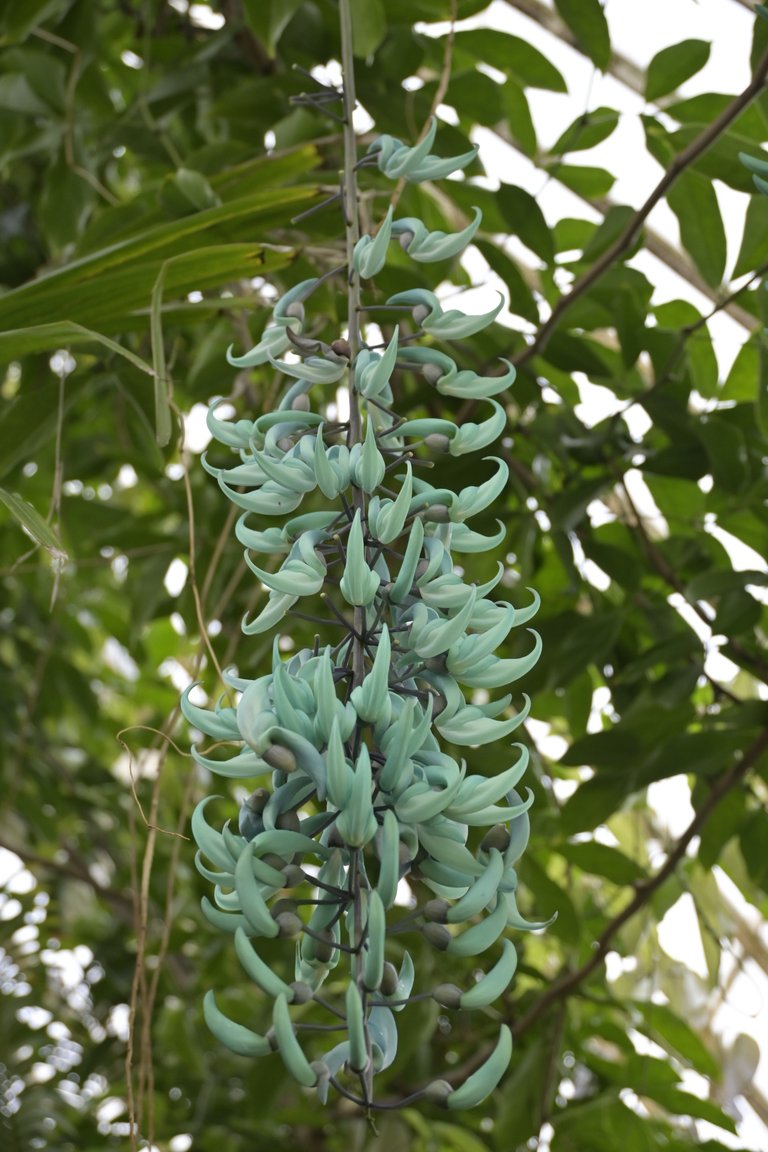
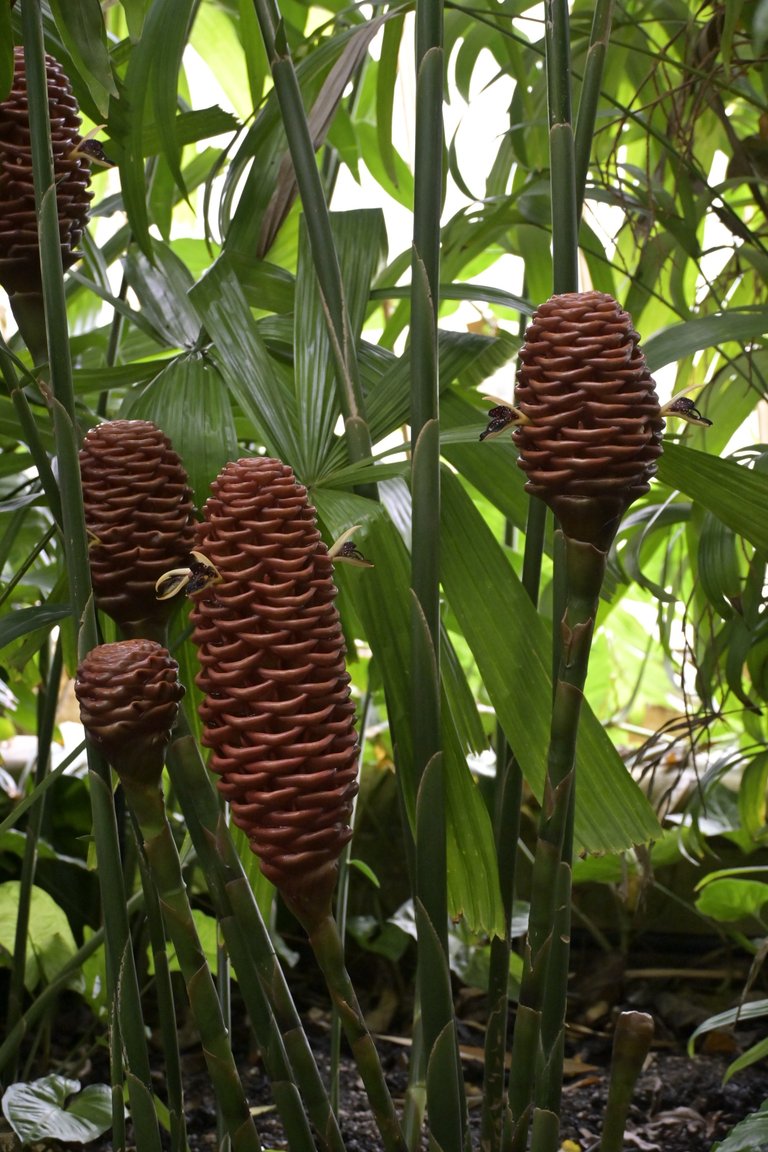
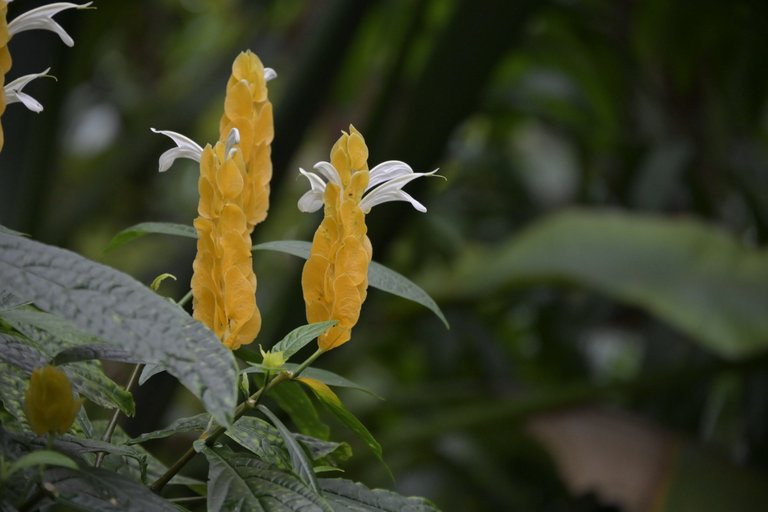

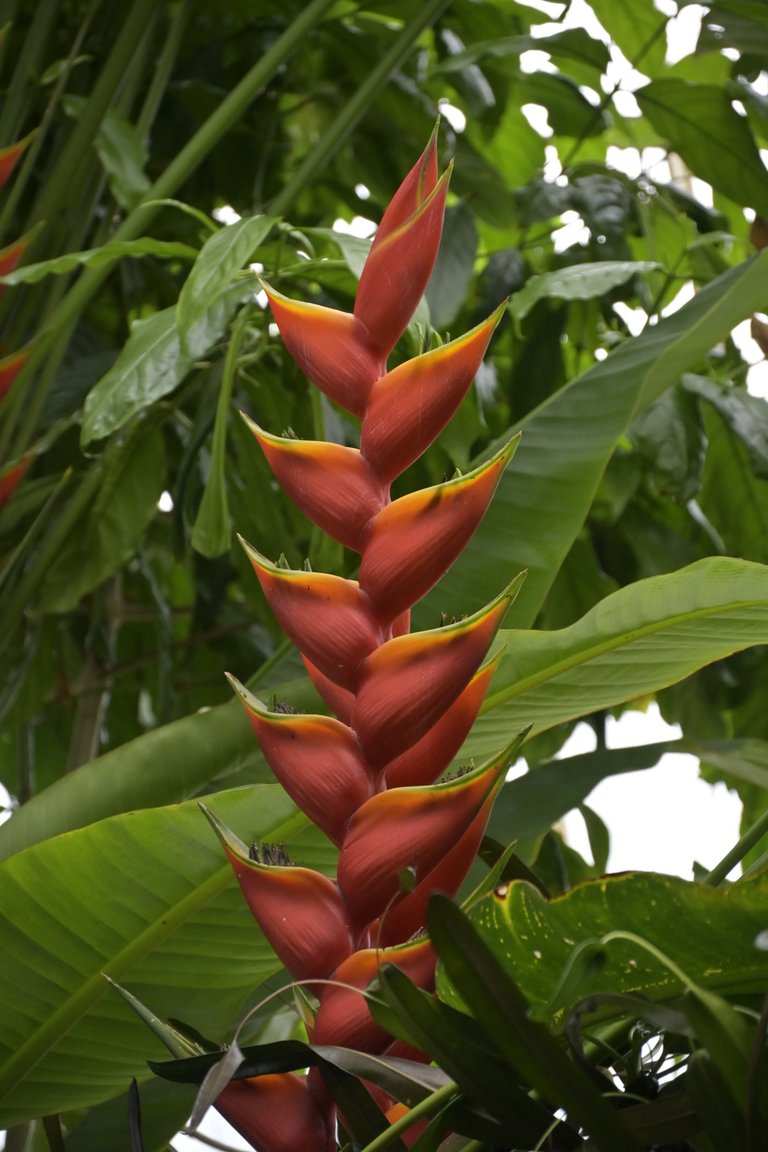
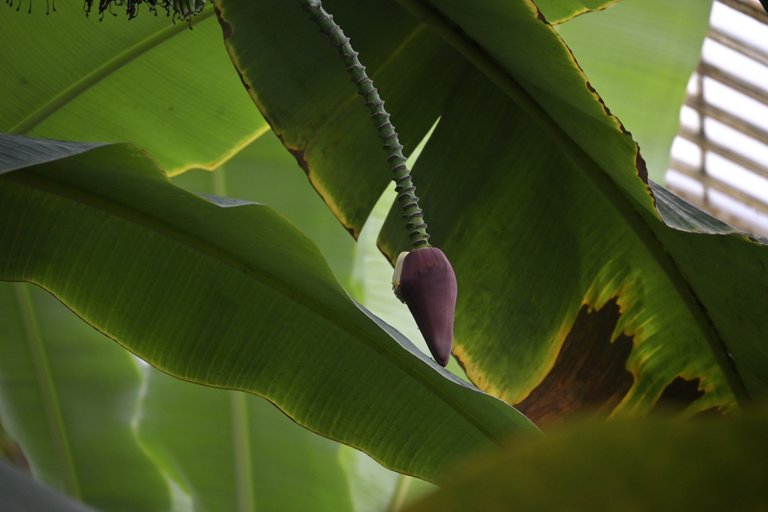
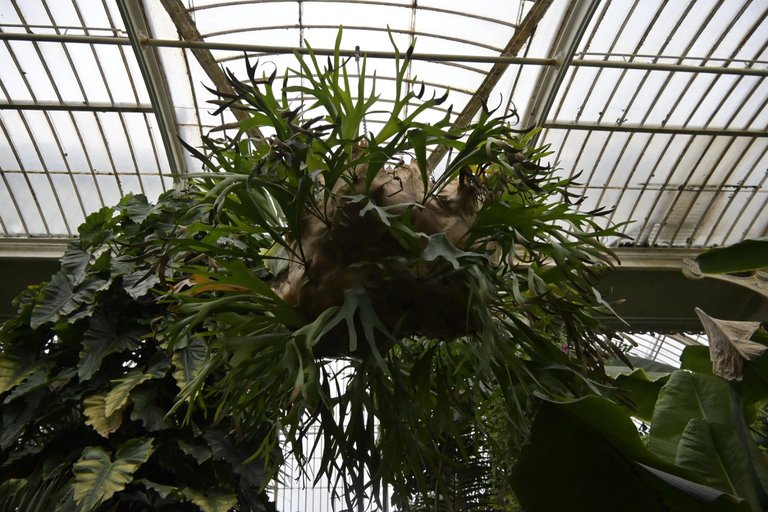

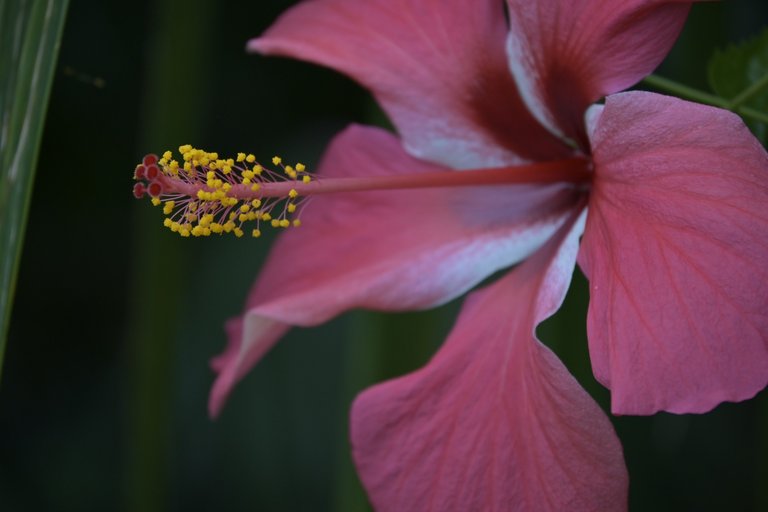
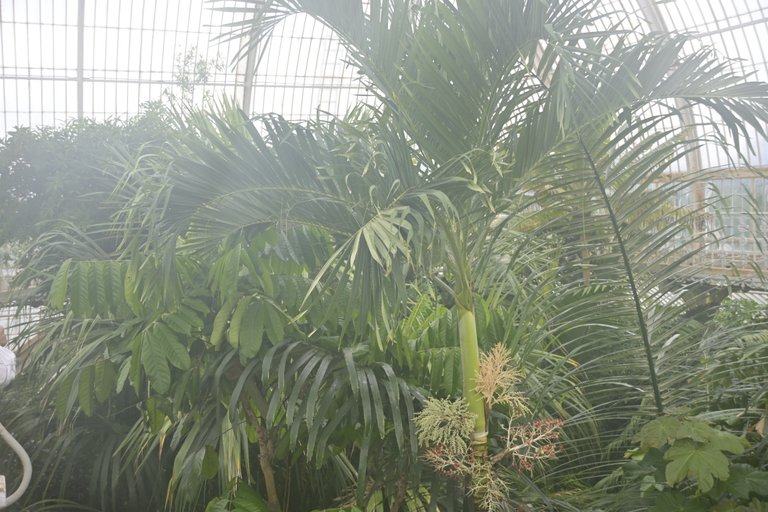

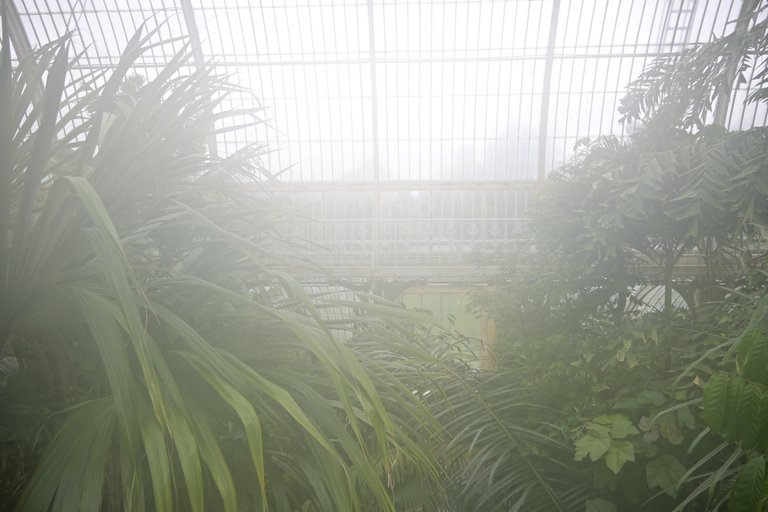
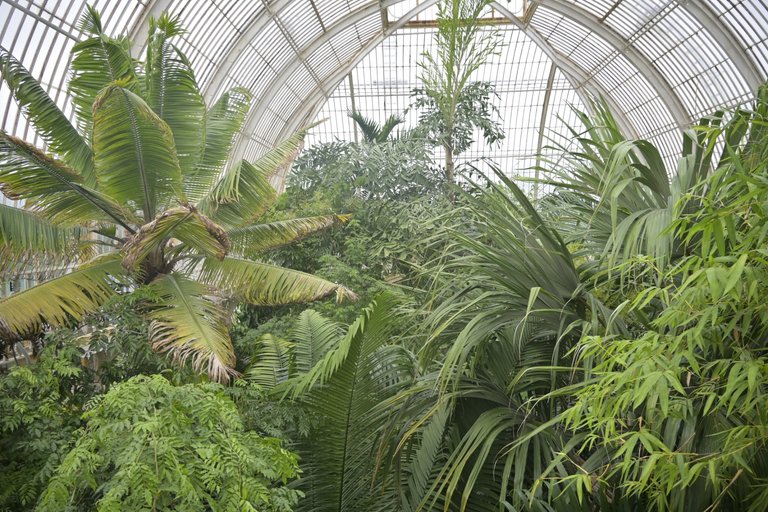
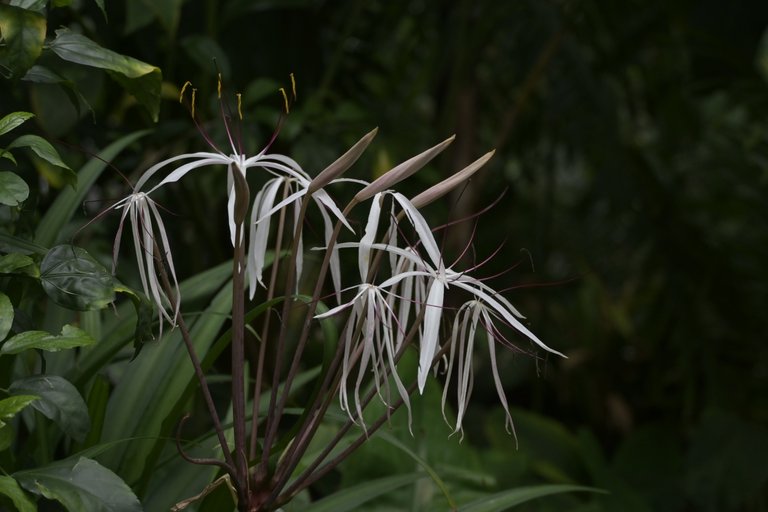
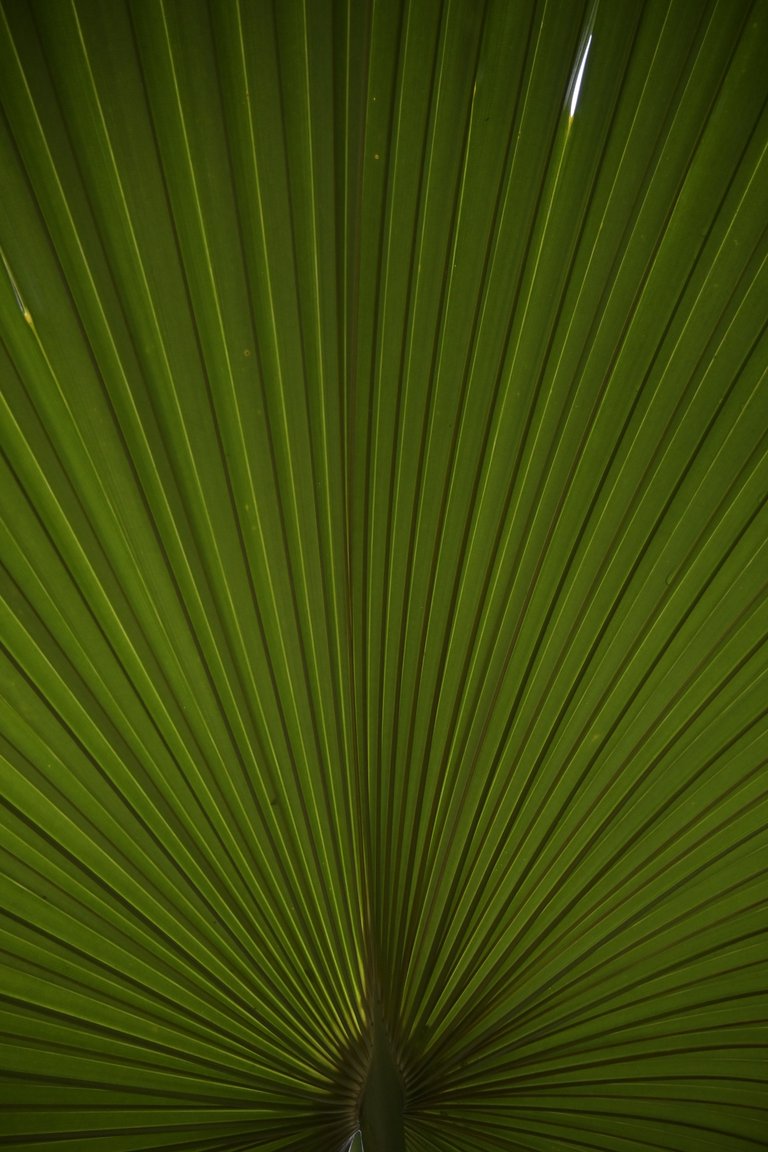
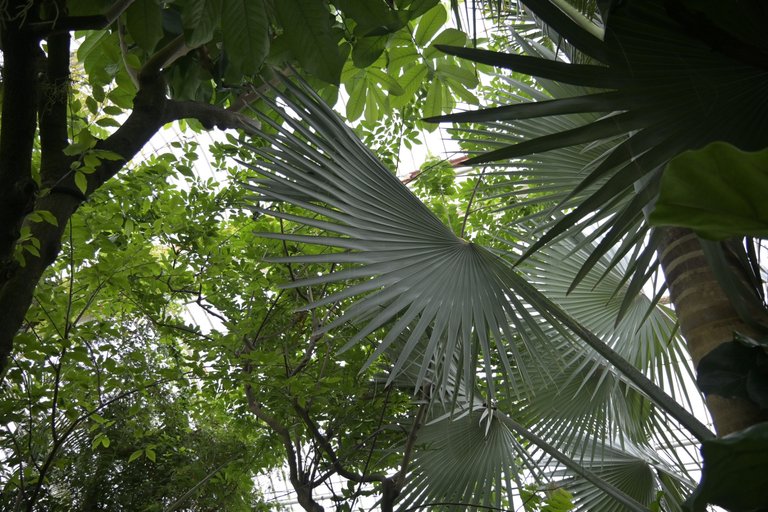
Congratulations, your post has been added to the TravelFeed Map! 🎉🥳🌴
Did you know you have your own profile map?
And every post has their own map too!
Want to have your post on the map too?
- Go to TravelFeed Map
- Click the create pin button
- Drag the marker to where your post should be. Zoom in if needed or use the search bar (top right).
- Copy and paste the generated code in your post (any Hive frontend)
- Or login with Hive Keychain or Hivesigner and click "create post" to post to Hive directly from TravelFeed
- Congrats, your post is now on the map!
PS: You can import your previous Pinmapple posts to the TravelFeed map.Opt Out
Congratulations, your post has been added to WorldMapPin! 🎉
Did you know you have your own profile map?
And every post has their own map too!
Want to have your post on the map too?
Congratulations @olusiu! You received the biggest smile and some love from TravelFeed! Keep up the amazing blog. 😍 Your post was also chosen as top pick of the day and is now featured on the TravelFeed front page.
Thanks for using TravelFeed!
@for91days (TravelFeed team)
PS: Did you know that we launched the truvvl app? With truvvl, you can create travel stories on the go from your phone and swipe through nearby stories from other TravelFeed users. It is available on the Apple App Store and Google Play.
The initial fog on your glasses and camera must have added an atmospheric touch to your photos, giving them a unique rainforest vibe. The public platform and winding staircase sound perfect for getting a bird's-eye view of the lush greenery. It’s amazing to think about the journey that plant took to get there. The story about the oil palms reaching the ceiling is quite something—nature always finds a way to impress! Thanks for sharing this beautiful and intriguing visit. 🌫️🍁
Those oil palms are used in flower arrangements and I used to love adding them to my arrangements as a kid. We would take the 2 year old babies of those palms. It used to add such a fancy touch.
Why a mesmerising detail, even the colour is so unique.
https://images.hive.blog/0x0/https://img.travelfeed.io/olusiu%2F2024-07-10-07-07-781-_dsc5921-jpg
Hello olusiu!
It's nice to let you know that your article won 🥇 place.
Your post is among the best articles voted 7 days ago by the @hive-lu | King Lucoin Curator by kargul09
You and your curator receive 0.1699 Lu (Lucoin) investment token and a 10.41% share of the reward from Daily Report 356. Additionally, you can also receive a unique LUGOLD token for taking 1st place. All you need to do is reblog this report of the day with your winnings.
Buy Lu on the Hive-Engine exchange | World of Lu created by @szejq
STOPor to resume write a wordSTART